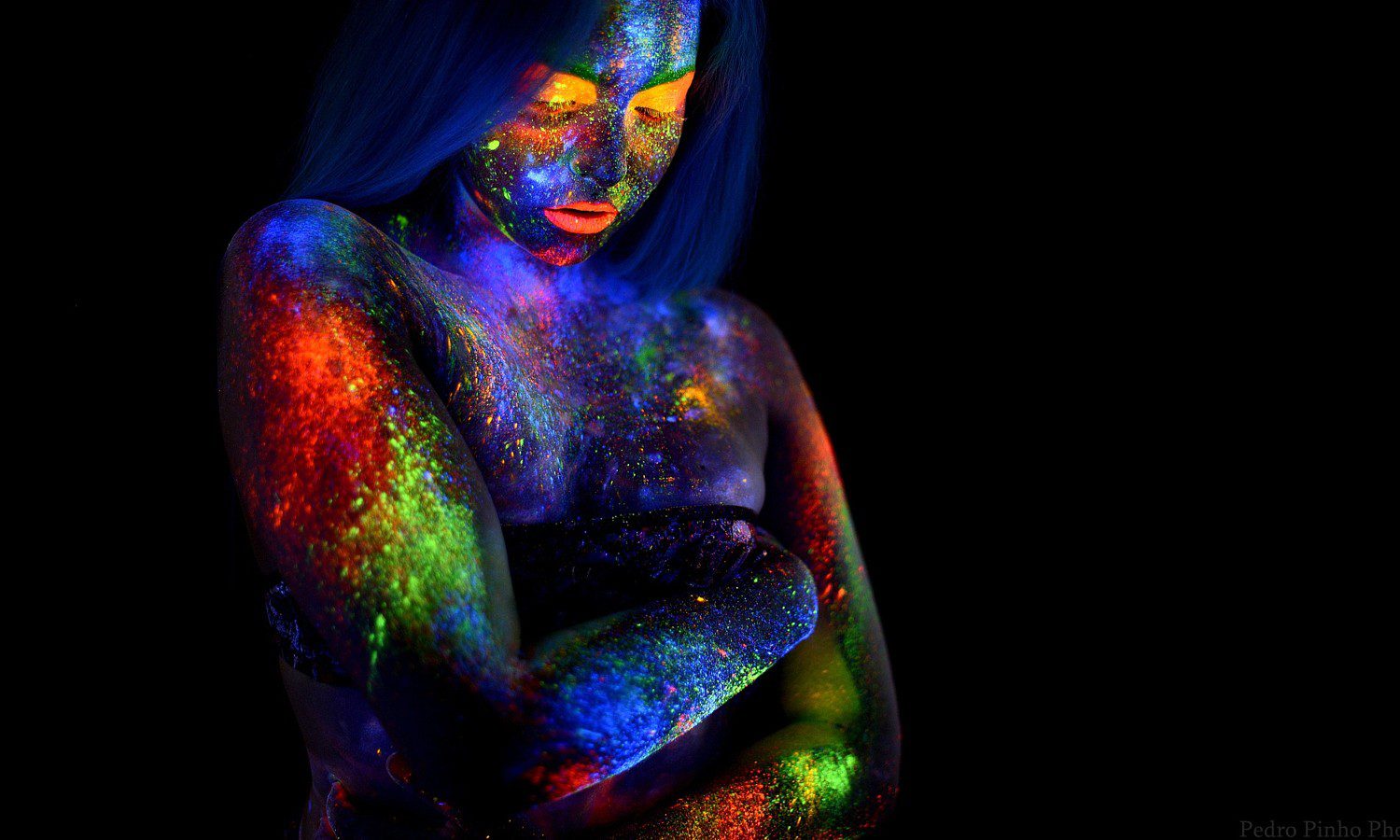Have you ever posed to consider the similarities between an impressionist mural at your local transit station and a billboard ad for the newest smartphone? You’re not alone. Let’s jump on a hypothetical subway ride of thought and understanding about this fascinating confluence.
Public Art: More than Just a Pretty Face
We’ve all seen it: those vibrant murals and sculptures adorning our daily commute. But public art isn’t just about aesthetics; it’s a silent communicator, creating a sense of identity and shaping cultural narratives.
The Power of Advertising
On the flipside, there’s advertising. Think of these as art’s more commercial cousin. Simultaneously appealing and contentious, this form employs the power of creativity to advocate a product, an idea, or a cause.
The Intersection of Art and Advertising
So, why are public art and advertising frequently seen hand-in-hand at transit stations? Could artistic endeavours and commercial interests really inhabit the same urban arena without stepping on each other’s toes? The answer, my friend, is hurtling towards us on the next subway train.
Why Combine Art and Advertising in Public Spaces?
The duo of art and advertising modules is a story of effectiveness meeting aesthetics. People’s natural tendency to engage with artistic visual elements is harnessed in transit advertising, creating a connection with audiences.
Doesn’t Advertising Dilute the Artistic Perspective?
A valid concern. But from another lens, it allows art to gain the exposure it requires to stimulate citywide, or even nationwide, dialogues. Essentially, it provides a platform for artists whose works may have otherwise remained unnoticed.
Cities Championing the Balance
Now, let’s take a spin around the globe to highlight some cities that are delicately walking the tightrope between public art and transit advertising.
- London’s Underground hosts a rotating art program alongside its regular ads.
- New York’s MTA displays poetry and art posters next to promotions.
- Chicago’s L-Trains feature exhibitions alongside adverts.
Public Opinion: A Two-Way Track
It’s safe to say, reactions towards this tandem of art and advertising are as diversified as the transit routes themselves. Where some view the advertising element as a defacement of art, others view it as a detailed manifestation of our generation.
The Debate Continues
Regardless of where you stand, the fusion of public art and advertising at our transit spaces remains an intriguing point of discussion and observation, promising to influence our views of the urban landscape.

